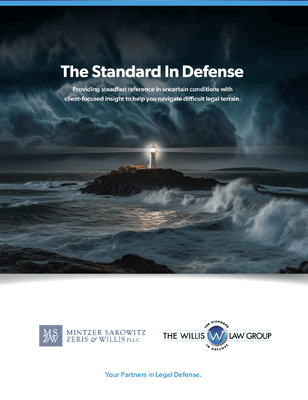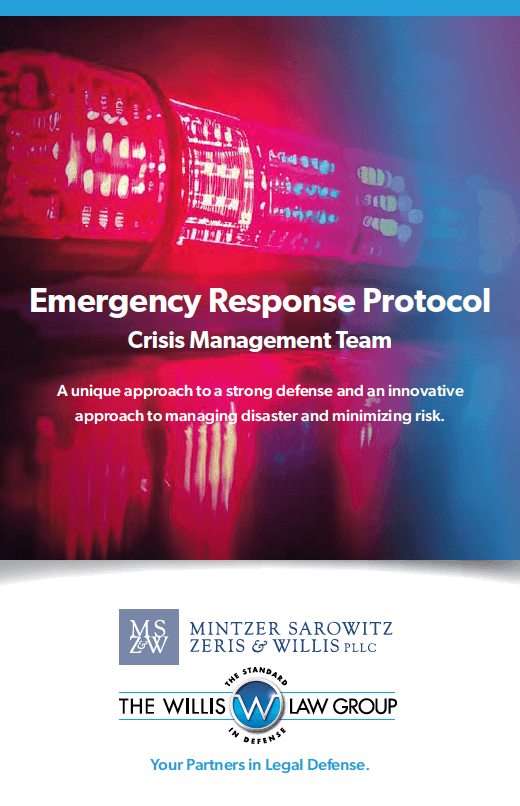Pollution Liability Coverage
Mar 21, 2018 - News by Defense Counsel
Pollution legal liability (PLL) insurance coverage is an area of liability insurance coverage that can have a major impact on a company’s bottom line, as many companies may face pollution risks to other parties or to their own properties. PLL policies can be significant as the policy can provide for the cost of cleanup efforts, lawsuits and legal fees, not to mention emergency response efforts, business interruption losses and remediation costs.
The more common PLL policies include third-party risks, first-party risks, contractors’ pollution liability, site-specific liability, storage tank pollution liability coverage, asbestos and lead paint abatement, and other environmental risk policies.
The insurer and the insured must be very clear as to the type of coverage to be procured, as well as the specific provisions and requirements set forth in the policies to prevent disclaimers for non-qualified events.
Some of the more important factors that should be considered include:
- Geography (i.e., the location of the site to be covered);
- The time period to be covered under the policy (which includes the parameters for when a claim must be reported to the insurer); and
- The definition of what a covered event is.
PLL’s also have important exclusions, such as the known loss exclusion – whereby coverage will not apply to a loss that has already taken place or is substantially certain to occur (i.e., the insured is aware of the claimed loss before the policy is procured) – and the known conditions exclusion (which excludes coverage for a pollution condition that existed prior to the inception of the policy).
Another exclusion that has been used is the site development exclusion, which precludes coverage of known conditions that arise from pollution conditions that existed prior to the inception of the policy.
Ensuring the Loss is Covered under the PLL Insurance Policy
It is important that the claims examiner carefully examine the terms and conditions of the policy before determining whether the loss is a “covered event”. If necessary, coverage can be provided under a reservation of rights until sufficient information has been developed so that a formal opinion can be rendered to determine whether coverage exists for the loss in question.



